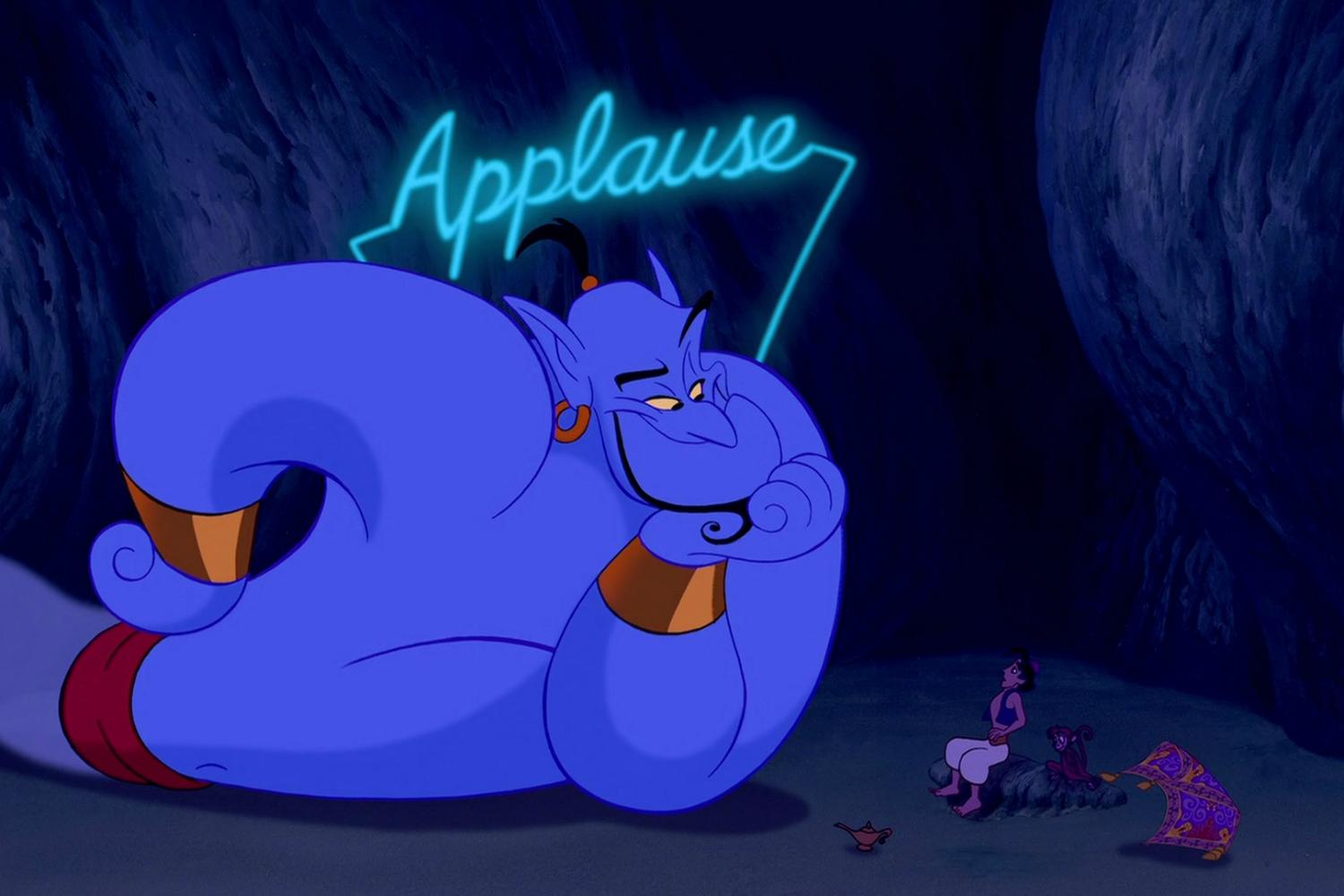Walt Disney Animation Studios, a renowned name in the world of animation, won an Oscar in the Best Animated Feature category in 1939 for ‘Snow White & the Seven Dwarfs’. Since then it has won more Oscars in the same category but for Disney-Pixar productions like Brave & Ratatouille.
After 75 years Disney repeated its win this year with its musical masterpiece, Frozen. What was so special about the movie? How was it able to evoke tremendous response from the audience & make huge profits? Here are a few things that made the movie a smashing hit.
Plot
As opposed to the regular Disney stories, this one is based on not one but two princesses – Elsa & Anna. It is not the traditional boy-meets-girl fairytale. Instead it is about the relationship between two sisters & their battle to stay loyal to each other, even when Prince Charming comes along. With Elsa exiling herself to wilderness due to her magical powers & with the purpose of not hurting others, her younger sister, Anna takes the journey to bring her sister back & make her believe in herself. During the journey she meets Olaf (a snowman), Kristoff & his reindeer Sven, culminating into a Wizard of Oz style adventure.
Production
In an animation movie, the actors are the voice-over artists. It is important to get the right cast for each character. Unlike feature films, in animation the looks of the actor is not important; it is the voice that is crucial because it will determine the impact of the character on the audience. Kristen Bell, Idina Menzel, Jonathan Groff, Josh Gad brought the characters to life in Frozen.
Research & Development
This 3D animated musical adventure takes place in the Scandinavian mountains. The art director, Michael Giaimo, found Norway as a suitable background to the story. Disney sent three research teams to various locations so that the animators & special effect artists could understand & recreate the style of walking, running & falling in snow. There were several rounds of costume checks that helped them decide the right look for all the characters, based on the scene requirements. Disney also sent a light & arts team to Quebec City to a Museum of Ice to study & understand how light works with ice. All these elements added to the reality of the film.
Technology
Disney animators made sure that they reproduce real ice to understand the behaviour of the element in various forms & conditions. They attended lectures on ice & snow and the uniqueness of snowflakes. They also created a Snowflake Generator that randomly created over 2000, uniquely shaped snowflakes for the film. They created a Snow Simulator Software Application called Matterhorn; which depicted realistic snow in virtual environment. The film makers treated snow as an important character in the film & hence, technology was developed to enhance it too. Other tools used were software called Spaces which enabled Olaf’s part to be moved around & rebuilt. Tonic was helpful in animating fur & hair elements. Snow Batcher helped in the final preview of snow. Apart from these many 3D & 2D artworks were used & many effects and lighting artists worked tirelessly day & night to create the magic of Frozen.
Music & Sound Effects
After a long time, in the true tradition of Disney, Frozen was to be a musical. The musical score had to be special & play an important role in the progression of the story. Out of the 25 songs originally written, only eight songs made it to the final version. Traditional music composers, with knowledge of Norwegian music, and a linguist were hired for important scenes like Elsa’s coronation & the folk Norse song. The sound effects team worked on every part, ranging from the walk in the snow to rustling of leaves to Olaf’s movements.
Walt Disney Animation Studio’s invested heavily in obtaining the required knowledge & getting the facts right for creating Frozen and they were rightly reward for this by an Oscar.

